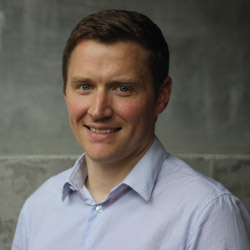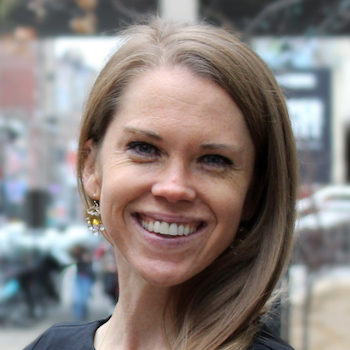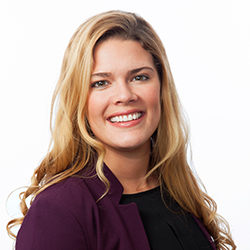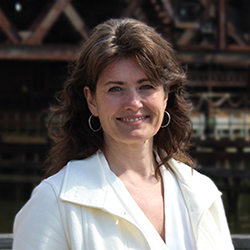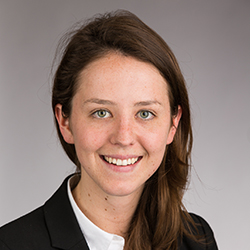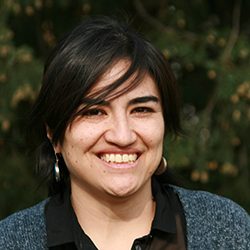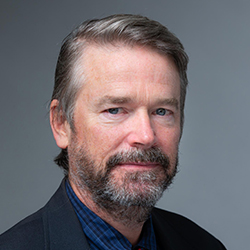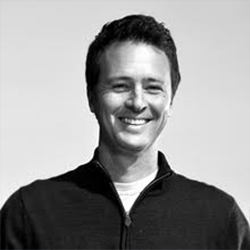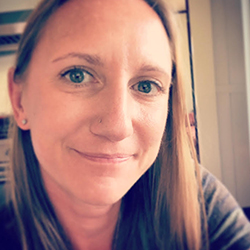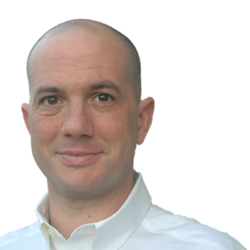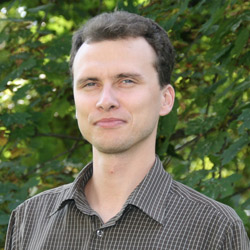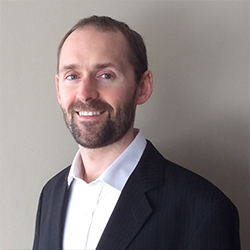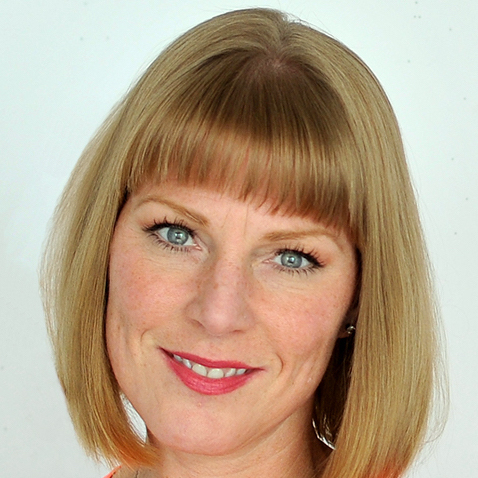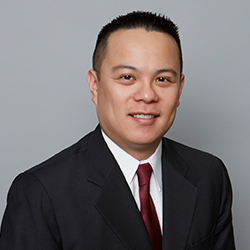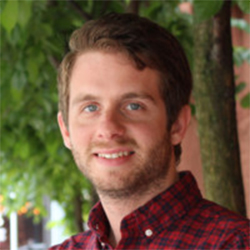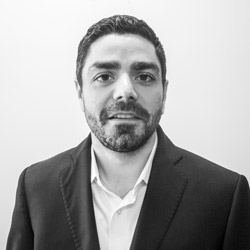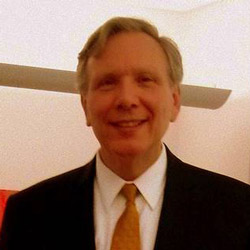

Event Schedule
Wednesday, June 24
What Now? An Opening Plenary Keynote & Discussion
A global pandemic, the escalating climate emergency, and growing social dislocations challenge our assumptions of what’s around the corner on a regular basis. How can architecture, science, real estate, and the building industry mitigate new risks, support healthy and prosperous outcomes, and rise to the extraordinary challenges facing us today? A keynote address by best selling author of Switch, and Upstream, Dan Heath, and opening panel discussion, probes the opportunities to consider in making your pathway forward.
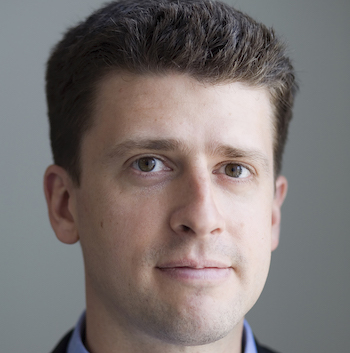

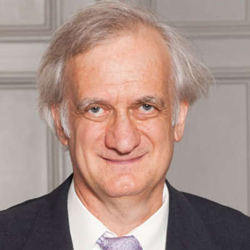
Wolfgang Feist, PHD, prof, prof hc, German Environmental award, RIBA,
Professor
Passive House Institute, Uni Innsbruck, Uni Shenyang, Uni Qingdao, Uni Boading, Uni Souzhou
Passive Assets: Using the Data to Underwrite Passive House Financing
How do we get lenders to fund Passive House construction and developers to drive adoption? With data. Forget the anecdotes and rumors. This session, based on an ongoing comprehensive study led by the Community Preservation Corporation and the City of New York, examines the key metrics needed to drive more aggressive underwriting standards and how Passive House buildings compare to their non-Passive peers, demystifying Passive House performance and incremental first costs.
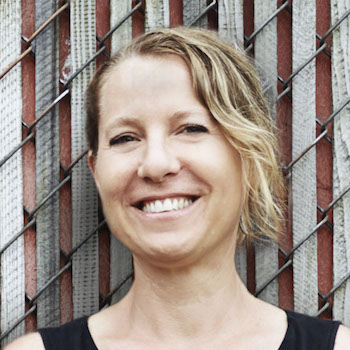
Jennifer Leone
Chief Sustainability Officer
New York CIty Department of Housing Preservation & Development
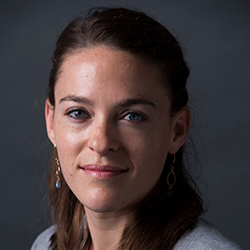
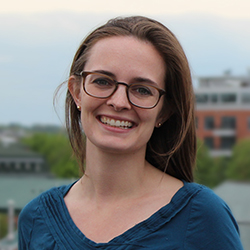
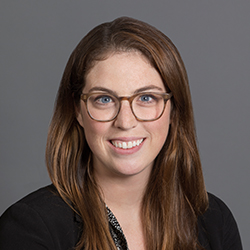

Jon Braman
EVP, Strategic Initiatives
Bright Power

Atalia Howe
Manager of Sustainability Programs at The Community Preservation Corporation
Community Preservation Corporation
A Toxic Investment? Your Building's Health Begins with Healthy Materials
The importance of good information, careful risk assessment, and the availability of healthy affordable choices are part of daily life in 2020. When designing buildings, this emphasis on healthier outcomes should extend to our selection of building materials. Let’s make Passive House buildings synonymous with healthy construction and a healthy lifestyle. This session will build skills and confidence in healthy material selection, improve our ability to talk about the potential health benefits of Passive House construction, and distinguish the myth from the realities of healthy material cost, performance, and availability.
It's About the Outside Air: Why Passive House Ventilation is the Invisible Hand of High Performance
In the quest to optimize comfort, efficiency, and architectural design, professionals struggle with thermal-bridge-free detailing, they closely examine the air barrier continuity and triple-check the window placements in the PHPP – but the ventilation? Too often, there is a lack of appreciation for the profound impact ventilation has on a building’s energy balance and the design freedom that results from optimized ventilation systems. Ignore it no longer. Learn about the Passive House Institute’s criteria for ventilation units and systems certification. Understand why, scientifically, it is as it is, and the results when implemented on a large scale. Ask questions and use the hour to dive deeper into the discussion with the presenters.
Owners Roundtable #1: Deciding to Do It: How Owners Choose Passive House
How will you make a “go/no go” decision to pursue the Passive House Standard? How is certification described and related to developing team clarity and decision making? What’s the role of new regulations, financing opportunities, market differentiation, and risk assessment? Is Passive House Certification the goal or a means to a greater end? Building developers lay out their criteria and process, in a peer discussion you can participate in.

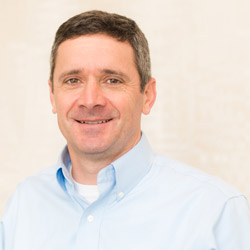

Kathleen MacNeil, Leed AP, Massachusetts Licensed Construction Supervisor
Principal
MP Boston/Millennium Partners
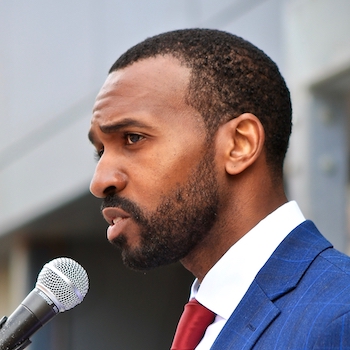
Derrick Tillman, B.S. Information Science
President & CEO
Bridging the Gap Development, LLC
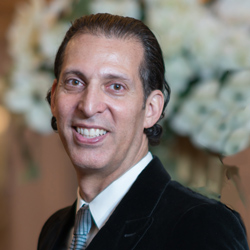

Nikole Brugnoli Sheaffer
Chief Innovation and Outreach Officer
The Environmental Charter School
Wednesday, July 1
Historic Preservation, Use Conversion & Affordable Development: An EnerPHit Story
A historic masonry high school building is being converted into senior housing. With funding from the Connecticut Housing Finance Authority, approvals are required not just to meet the EnerPHit Passive House Institute renovation standard, but also to satisfy the State Historic Preservation Office and the National Park Service. Learn from team leaders the strategies, the planning and design hurdles, and construction milestones to date, and their path forward to achieve their comprehensive goals.
PHPP & Dynamic Energy Models: Understanding An Evolving Relationship
As Passive House buildings grow in complexity, targeting multiple sustainability goals, professionals ask if the PHPP can replace traditional energy modeling. Looking at daycare facilities being built by the City of Vancouver on a parking garage, this session compares capabilities, strengths, and weaknesses and their roles in designing more complex high-performance building programs.

Jeanie Chan, CPHD
Building Performance Engineer
Stantec Vancouver’s Sustainability and Building Performance group

Making PER Work for Large Multifamily Buildings: Tools for Futureproofing
What’s the PER (Primary Energy Renewable) criteria for Passive House buildings? Why is PER so important to futureproofing, our building strategies, today? As Passive House buildings get bigger, denser, and more complex, how can PER be appropriately applied? Find out how, as a new PER target tool developed by the Passive House Institute, in collaboration with ZEBx, the City of Vancouver, and other partners, is presented and discussed.
Virtual Building Tours
See the construction, and hear the stories of pace-setting buildings and the teams driving them, in a video walk-through. Get the details, the specifications, and the backstory. Participate in live Q&A with team members during the videos.
Vancouver & New York State: Two Climate Leaders Show Their Cards
In 2019, the City of Vancouver declared a Climate Emergency and adopted a new climate target of being carbon neutral before 2050. Passive House and other high-performance standards are leading the way forward, but more needs to be done. Learn about the latest policies and incentives that aim to make these projects easier and more attractive to build, including significant updates to the building code and a new streamlined approach for homes.
In 2019 the Green New Deal for New York was passed, to achieve carbon neutrality across the state by 2050. In support of the roadmap to reach carbon neutrality, NYSERDA has commissioned research into cost compression curves and assessed energy use for several decarbonization pathways, as well as packages of measures that consist of enclosure and other energy conservation measures, smart controls and load shifting, electrification, and onsite storage and generation, illuminating demand reduction measures compared with supply-side solutions, and informing a discussion of the interplay between Passive House technology and carbon neutrality.
Wednesday, July 08
Own Your Passive House Development Process Too: Hitting Milestones & Budgets
Large building developers and project managers learn how to integrate critical Passive House considerations into the typical development schedule and budget processes. Understand from predesign to construction QA, what a project manager should expect, when, and from whom. Examine actual large Passive House building budgets, the key variables, and factors to watch for in budgeting.
Is Your Materials Pallete Ready for the Growing Focus on Embodied Carbon?
There’s rapidly growing appreciation by owners, professionals, and government regulators that effective climate action must combine energy efficiency, whenever feasible, with low-carbon material selection, because up-front carbon emissions from building materials can outweigh operational emissions, sometimes for decades. What are your material choices? Your strategies? Are you prepared for emerging embodied carbon regulations? Are you prepared to lead?
Keep Your Students Healthy & Funders Happy: Passive House Matriculates
As the Education sector tackles climate change on their campuses, there is no question that student residences and dormitories should be designed to meet Passive House standards. Why? Not only will the building reduce net energy use by 60% and -become more resilient, but the resultant healthy interior environment will improve the wellness of the occupant. Embracing this high-performance design protocol for student residences of any size will align three goals for any campus: sustainability, student health, and bottom-line financial performance. This presentation will demonstrate how these goals can be achieved. Featured case studies are The House at Cornell Tech, the world’s largest Passive House university building, and the new 750 bed dormitory at the University of Toronto Scarborough, each of which is setting a new bar for performance and healthy living.
What’s Your Building’s Carbon Debt? You should know.
Before the doors open, your building likely splurged on so much embodied carbon emissions during construction, that no amount of operational energy savings can make up for your initial high-carbon debt before it’s too late. To know if you’re investing in a climate solution, you need to calculate the embodied carbon. New tools are making these measurements easier and more actionable. Find out about the tools and programs supported by the Embodied Carbon Network, as well as two international tools already being used as plug-ins for PHPP users, PH Ribbon, a UK tool, and LCA Quick, from New Zealand.
Owners Roundtable #2: How Owners’ Do it. Making Passive House Good Business
Going forward, how will the Passive House methodology fit into your typical project delivery and business mechanics? Two developers will describe the project delivery decisions made to meet their project and business requirements, including financing, team building, planning, and execution, in a peer discussion you can participate in.

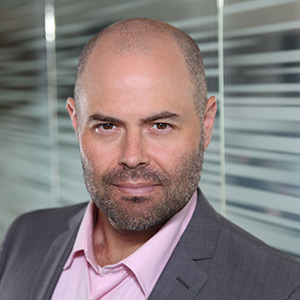
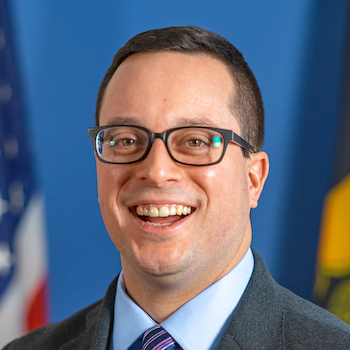

Emma Osmundsen, BSc (Hons) Pg Dip (Arch Conserv) MA MRICS
Managing Director
Exeter City Living Ltd (Exeter City Council)
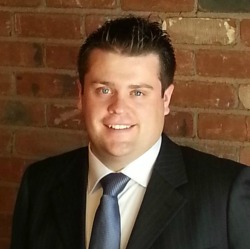
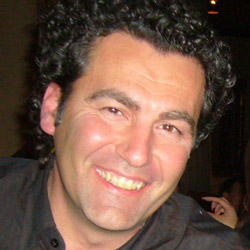
Wednesday, July 15
Retrofit Everything: Scaling Action in New York and Ontario
Governments are acting to scale building retrofits as a core climate crisis solution, and in the process transform dynamics and expectations across the entire building industry. NYSERDA is entering the next phase of RetrofitNY, a program focused on multifamily upgrades, now including New York City Housing Authority (NYCHA) buildings. Toronto Community Housing is embarking on a multiyear effort to upgrade its stock of 2,100+ buildings. Discuss with the presenters, how they are utilizing Passive House and the EnerPHit renovation standard, to transform industry in New York, and Ontario, and how it can support your plans.

Anna Kazmierska, P.Eng., LEED AP BD+C
Design Manager, Multi-Disciplinary Projects
Toronto Community Housing Corporation

Christopher Mahase
Senior Project Manager, Multifamily Residential
NYS Energy Research & Development Authority

Heat Pumps Are Everywhere! Critical Data & Applications in the Passive House Context
Heat pumps are quickly emerging as a potentially game-changing component in our struggle to decarbonize building operations. Yet, the equipment and its usage in Passive House buildings are not necessarily, automatically, compatible with each other. The Passive House Institute has applied the same scientific rigor to evaluating heat-pump performance as it has ventilation machines and window units. Find out the performance specifications and best practices for installation, to maximize your next project’s climate impact.
Towering EnerPHit: Step-by-Step
A 20 story, 300 unit, affordable housing tower, built-in 1974, was often uncomfortable in the winter and summer, while energy consumed half the operating budget. Fully occupied and In need of upgrades to all significant building components, the building owner, Windsor Essex Community Housing Corporation, set out to do a step-by-step EnerPHit renovation, while leaving the tenants in place. The team is currently completing phase two of four planned phases. Find out the goals, the decisions, and the process of transforming this prototypical urban building.
Virtual Building Tours
See the construction, and hear the stories of pace-setting buildings and the teams driving them, in a video walk-through. Get the details, the specifications, and the backstory. Participate in live Q&A with team members during the videos.
Why does Covid-19 Hate Passive House? Strategies to Mitigate the Spread of Viruses
A panel discussion you can participate in, takes a serious look at virus transmission, Covid-19 specifically, the science, the mechanics, and the implementation of controlling your built environment to minimize the risks to our health. It will debunk the myths and give you actionable information to make your next building a pandemic refuge.
Wednesday, July 22
How Smart is Your Data? What We're Collecting and What it Means
Rochester’s first Certified Passive House is being converted to a ‘Smart’ building. Since completion in 2016, energy data has been manually collected on a monthly basis and indoor air quality has been tracked to verify the performance and identify anomalies. Now, the house is equipped with meters and sensors for real-time continuous measurement and verification. Learn from the team how the technology (meters, sensors and data-logging) combined with dynamic simulation models enable the integration of actual operations with building’s theoretical potential performance. This aligns evidence-based performance with the design intent to create a whole new monitoring-based commissioning approach.
New York City Public Schools: An Education in Passive House Performance
NYC owns a lot of buildings and city regulations, since 2016, require that newly built city-owned buildings achieve Passive House levels of efficiency by 2030. The City School Construction Authority (SCA) builds twenty new schools per year or about 1.5 million square feet, and has turned to Passive House to help shape this future. Presenters will answer questions such as: How are they complying? What are the major energy reduction strategies? Modeling methods? What are the decision making factors, including cost, constructability, and maintenance? What are the final recommendations?

Jeremy Shannon, AIA, CEM, CPHT, Certified Passive House Consultant, LEED BD+C
NYC School Construction Authority
Director of Sustainable Design and Resiliency


China Goes Passive House
The Passive House Institute, working with many local partners in China, from housing companies, to research institutes, universities, and testing facilities, are rapidly scaling Passive House capacity, from single-family homes to high-rise developments. Learn about a market in transformation – the projects, the components, and the people making it happen – and how it just might help transform other markets, like our own, too.
Density is Good & Infill is Best: A Mass Timber Passive House Case Study and Call to Action
In the face of heavy adversity, Tantrum, a Certified Passive House commercial infill project, was built in Revelstoke British Columbia, over the 2018-2019 winter. Implementation of mass timber strategies, in combination with prefabricated concrete wall structures were critical, as the building was shoe-horned between two existing buildings. Built by Tree Construction, a company dedicated to Certified Passive House building explains their proactive stance to demand that owners stop stealing from future generations and build to Passive House levels based on science and professional experience.
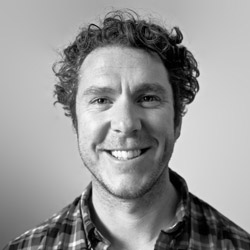
Owners Roundtable #3: Owners’ Feedback Loop: Occupancy, Measurement, and Management
Now that you own a completed Passive House building, how will you drive it? Manual or smart data collection and feedback? Occupant education? Systems calibrations and maintenance? Building owners, in peer discussion you can participate in, tell how they are running their buildings to maintain long-term high-performance.
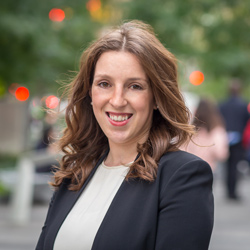
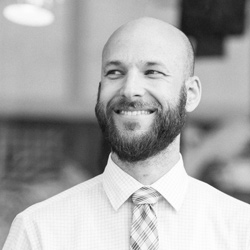
Ryan Cassidy, CPHC
Director of Sustainability & Construction
RiseBoro Community Partnership
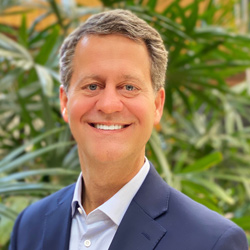
Tom Shircliff, Counselor of Real Estate (CRE)
Co-Founder & Principal
Intelligent Buildings, LLC
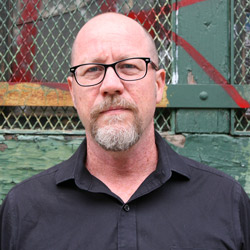

Emma Osmundsen, BSc (Hons) Pg Dip (Arch Conserv) MA MRICS
Managing Director
Exeter City Living Ltd (Exeter City Council)

Wednesday, July 29
Regulations Are Changing Everything: How Passive House Helps Mitigate Growing Risks
New York passed State and CIty laws last year that make energy efficiency, carbon emissions reductions, and sustainable design a top priority. The laws mandate dramatic action in the coming decades, posing new regulatory risks for building owners. The industry is moving to implement compliance strategies, while other jurisdictions across the US consider similar regulations. Just how does Passive House help mitigate the risks? Drive carbon reduction compliance strategies? Incorporate new technologies, electrification, and Passive House Primary Energy? Get the overview. Get the details and examples. Ask questions. Propose your ideas.
High-Performance Highrise Enclosures
Expectations for commercial building enclosure performance is evolving fast in the context of changing regulations, new opportunities utilizing mass timber, and the establishment of Passive House high-rises as a reasonable goal. What’s the effect on the building enclosures? How can the old ways be retooled to maximize climate impact, durability, and cost-effectiveness as the next generation of high-performance skyscrapers are planned? See the materials, the details, and project examples.

Graham Finch, MASc, P.Eng
RDH Building Science
Principal, Senior Building Science Specialist
Buildings of Excellence: Case Studies in Elevated Expectations
In 2019 NYSERDA launched the Buildings of Excellence competition, to recognize and reward design, construction, and very low carbon-emitting multifamily buildings, with $120 million in awards over three rounds. Two first-round winners, each high-rise multifamily buildings, and both winning a $500,000 award, 515 East 86th Street designed by Architectonica, and 211 West 29th Street designed by Z+H Architects will be presented. Find out how high-design, Passive House Certification, and team collaboration, produced these award-winning towers.
Summer Comfort & Cooling: Designing for Future Resilience
How do the warming climate conditions affect our design choices? In a warming world, will we need more active cooling to ensure summer comfort? This session will address the topic of both future climate scenarios as well as urban heat islands and how to calculate the impact on a building’s expected performance to ensure resilient design choices.

What next? A Closing Plenary Discussion
Our design, construction, and building development industries are located at the crossroads of our interconnected environmental, health, and social crises convulsing our world today. Never has the imperative been clearer or greater, for us to step out of our comfort zones and challenge ourselves to acknowledge the connections, and make high-performance Passive House buildings that support developing sustainable communities, societies, and our Earthly habitat. Join the discussion – don’t sit on the sidelines – and choose your future. Let’s act.

Zack Semke, CPHC
VP of Marketing (Zola,) Director (PH Accelerator)
Zola Windows and Passive House Accelerator, and Semke Studio

